Spur Gears: Key Aspects You Need to Know
Spur gears are an economical option that deliver excellent performance for processes with moderate peripheral speeds. They feature a meshing tooth belt with simultaneous contact across its width. However, at high speeds, they can be noisy. Despite this, spur gears do not produce axial thrust. Using the appropriate lubricant can help reduce noise and wear.
Types of Spur Gears
Spur gears come in three main types:
- External tooth
- Internal tooth
- Rack-and-pinion
These gears are used in a variety of applications, including:
- Oscillating sprinklers
- Wind-up alarm clocks
- Washing machines
- Blenders
- Mills
- Construction equipment
Spur gears have cylindrical gears with teeth that project from the outer periphery of their radius. These teeth remain parallel to the rotational axis. In a meshed pair of spur gears, the larger one is called the gear, while the smaller one is known as the pinion.

Working Mechanism of Spur Gears
Spur gears operate with parallel shafts where the meshed teeth transmit motion without transferring thrust load.
Tips for Choosing the Best Gear Type for Your Application
Different gears offer unique benefits based on their mesh characteristics and geometry. Gears with wider faces can handle higher loads. When choosing a gear type, consider the shaft orientation of your system. The primary shaft orientations include:
- Intersecting Axes
- Parallel Axes
- Non-intersecting and Non-parallel Axes
Choosing the right spur gear solution depends on your application specifications. It's essential to provide information about:
- Gear Ratio or RPM
- Axial Load or Duty Cycle Requirements
- Operating Environment
- Housing Restrictions
- Budget
By providing this information to spur gear suppliers, you can obtain the most suitable solutions for your specific application needs. Spur gears come in various teeth configurations and materials such as steel, stainless steel, nylon with glass, and molded Delrin 500, tailored to industry requirements.
Examples of Spur Gear Applications
- A mechanism with two parallel spur gears allows for motion transmission and direction reversal.
- A pinion and rack can convert rotary motion into linear movement.
- Spur gears can be part of a planetary gear system, working with an internal gear to regulate speed.
Metric spur gears are commonly used in the industry, made from various materials to meet specific needs.
Conclusion
Spur gears are cost-effective tools available in numerous tooth configurations for a wide range of applications. They can be customized to precise tolerances and are ideal for mechanisms involving parallel shafts with opposite rotating directions. Spur gears are suitable for applications where axial thrust is not required and noise is not a significant concern. Environmental factors should be considered in their application. Examples of these applications include clothes dryers, electric screwdrivers, and fuel pumps. For more information about spur gears for your applications, contact the experts at Bolton Engineering Products.

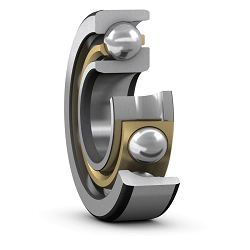
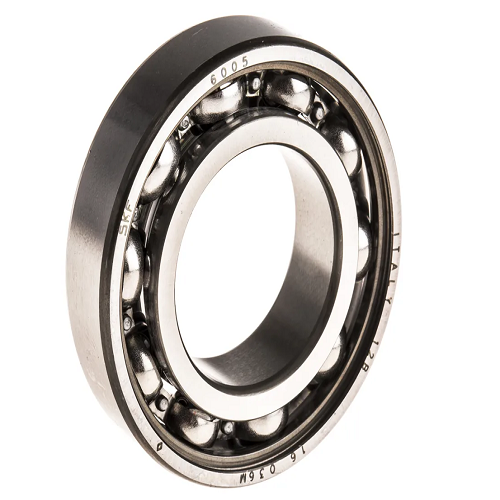
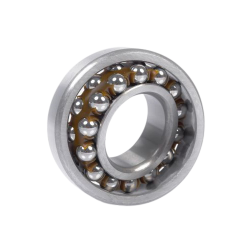
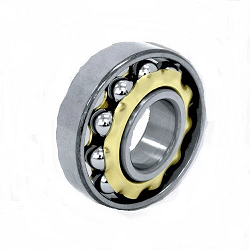

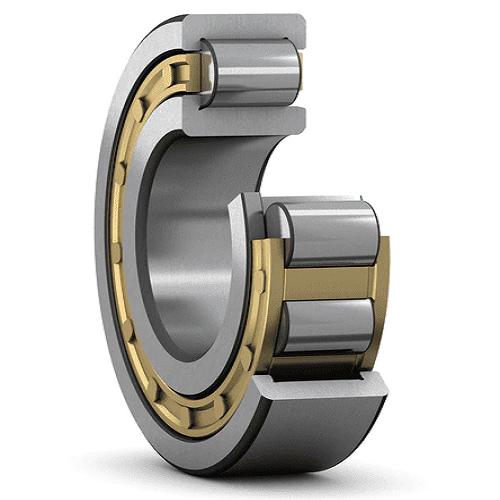
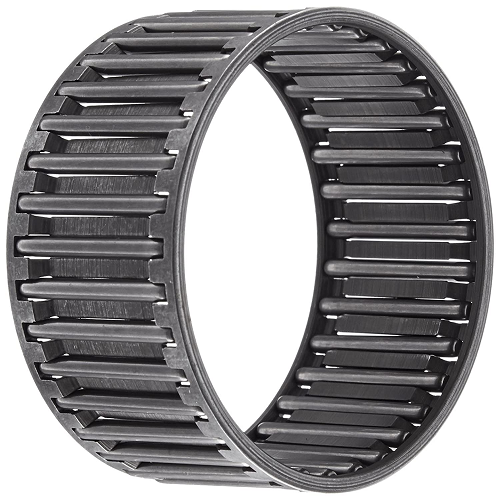

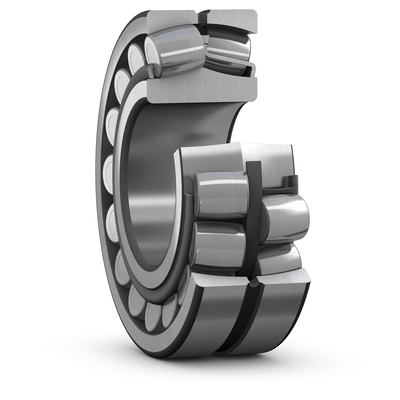

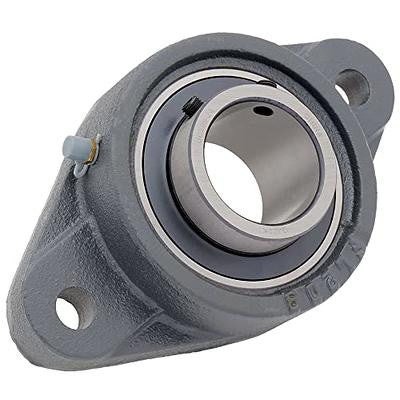
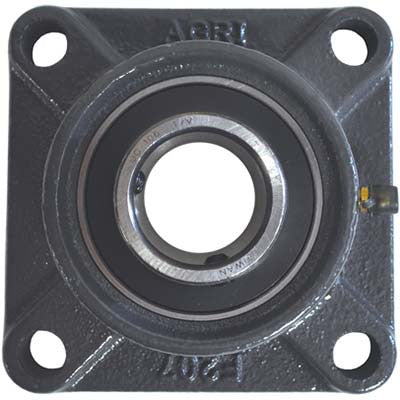

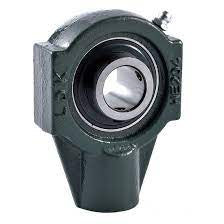

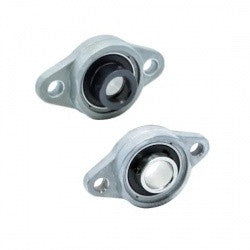


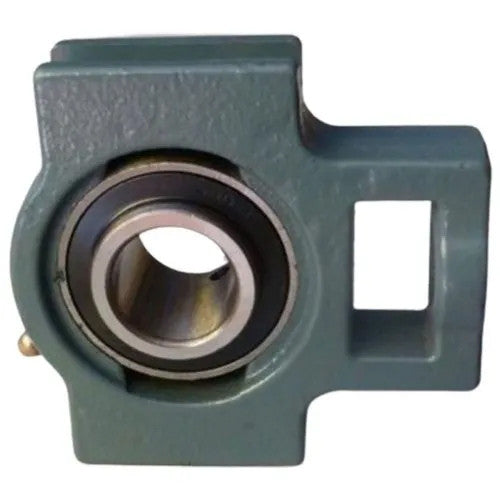
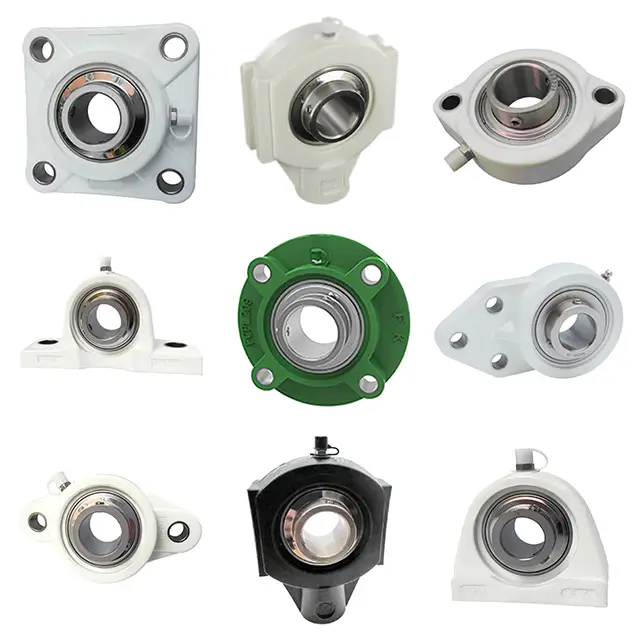
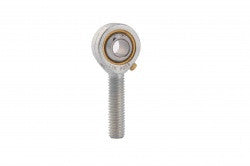
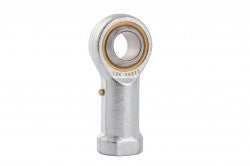
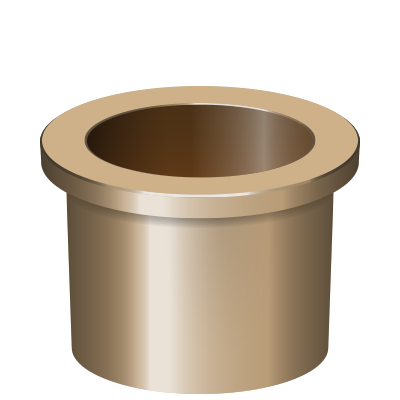
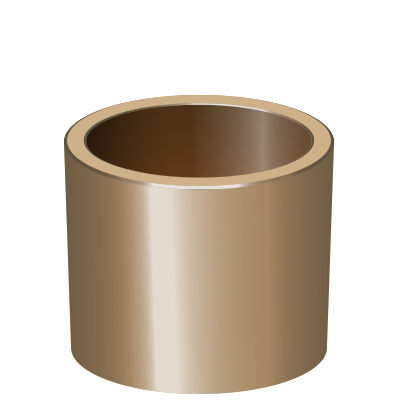
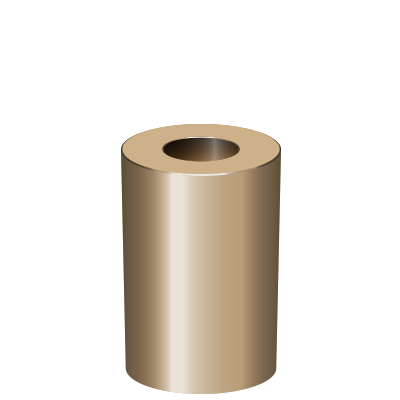
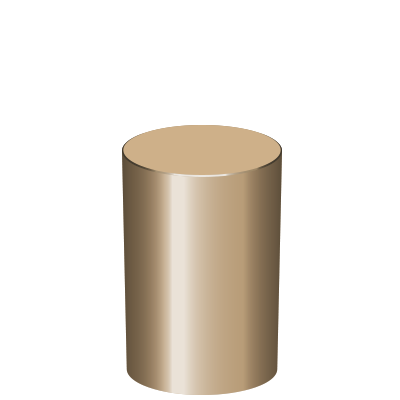
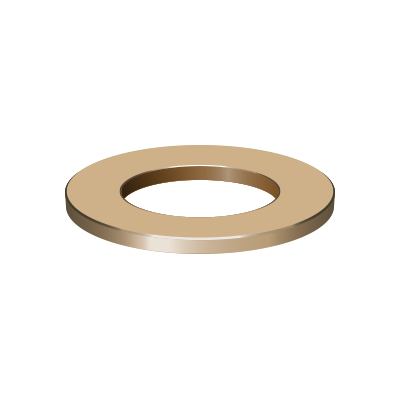
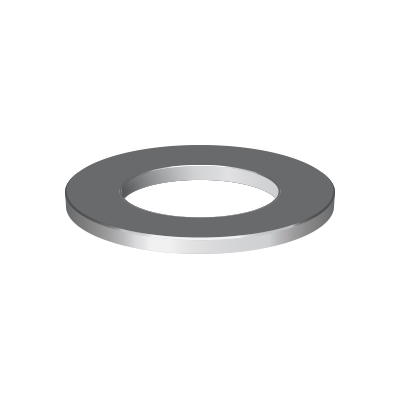

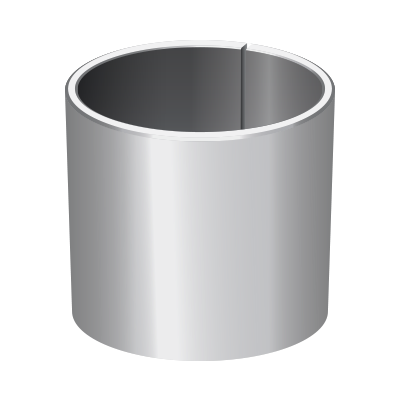
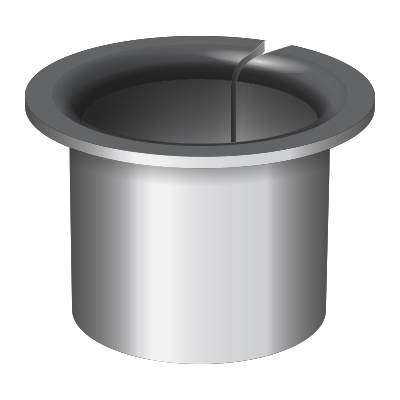
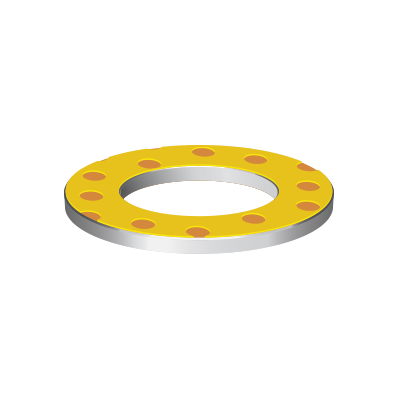
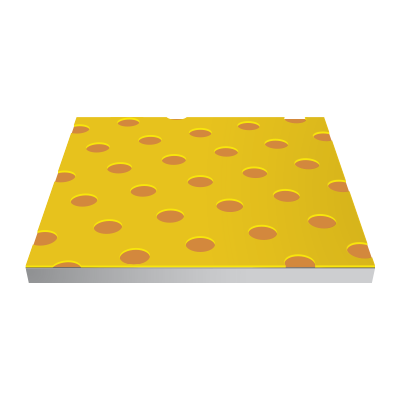
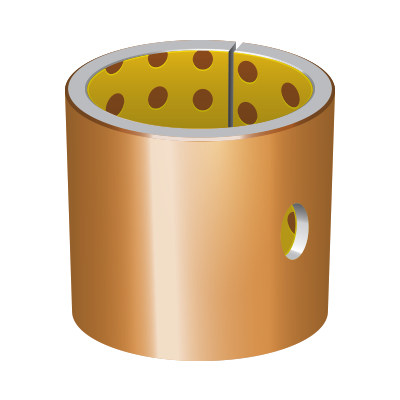
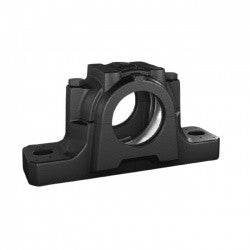

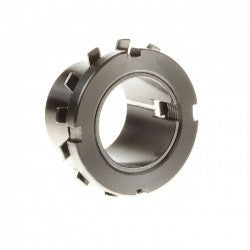
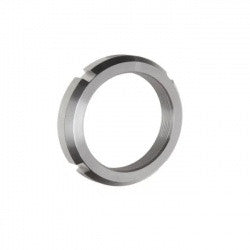
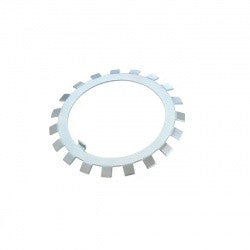

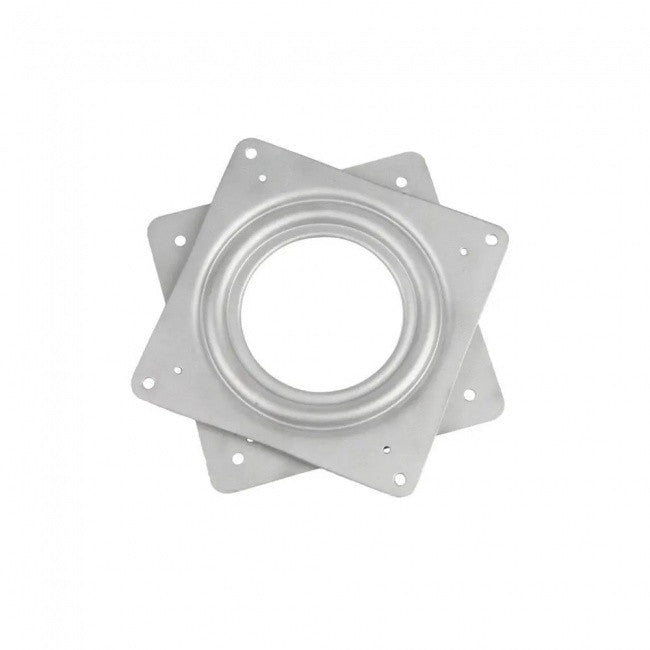

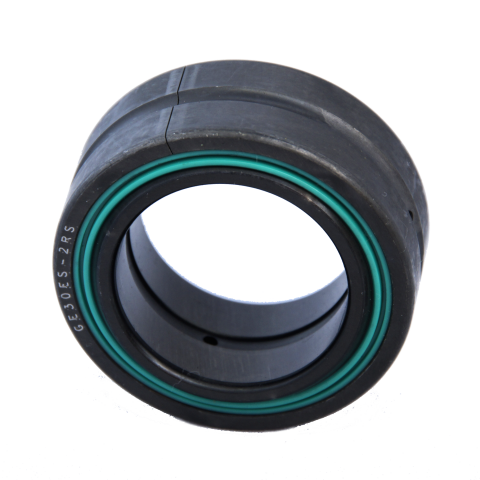

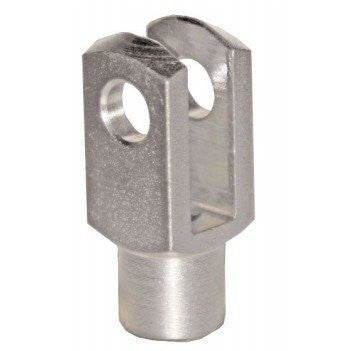
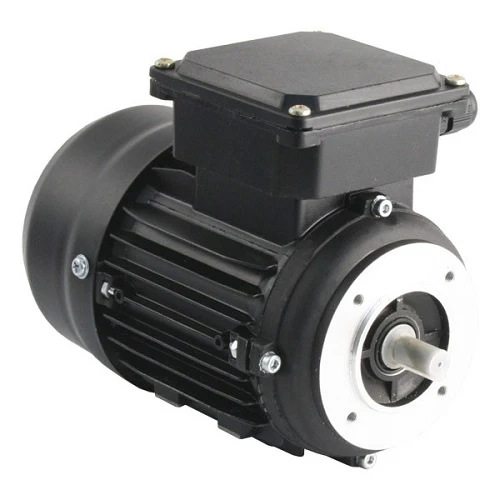


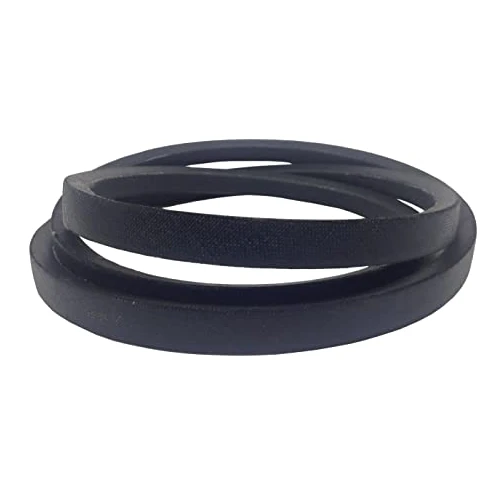
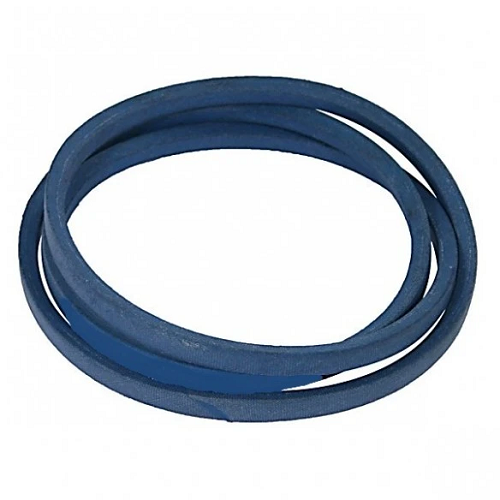

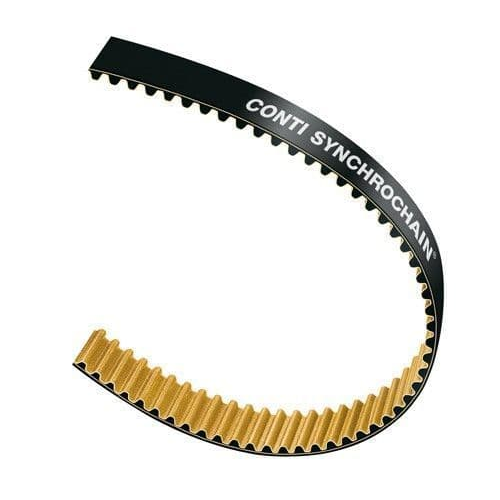
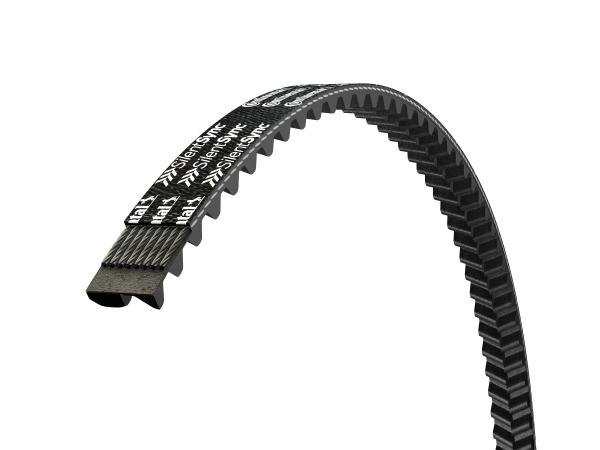
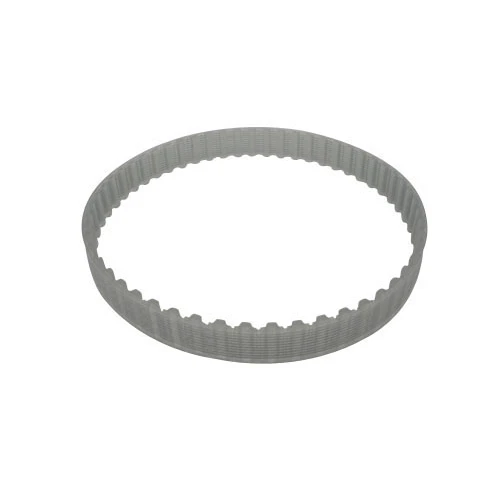
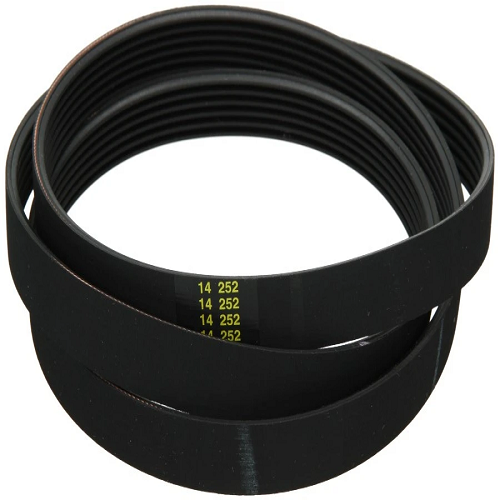
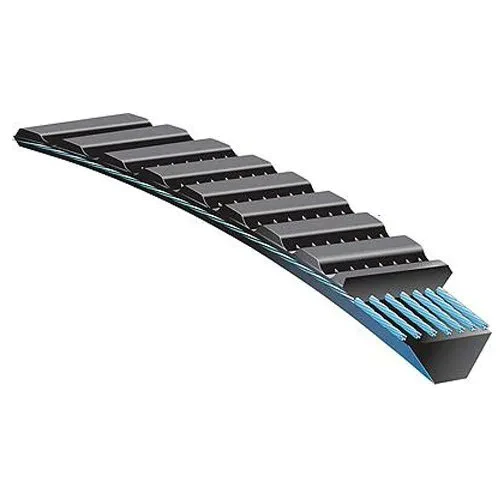
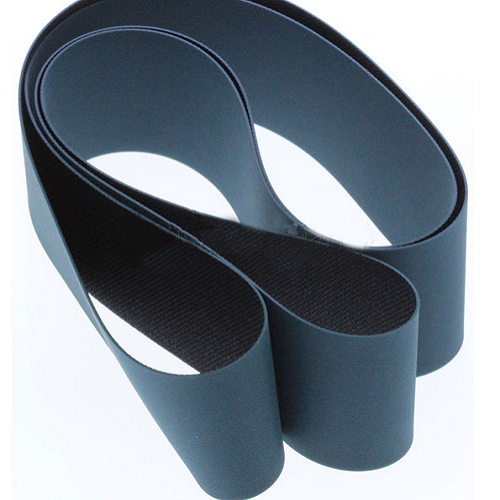
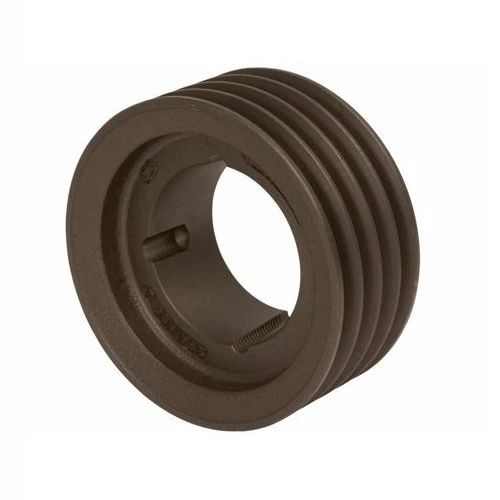
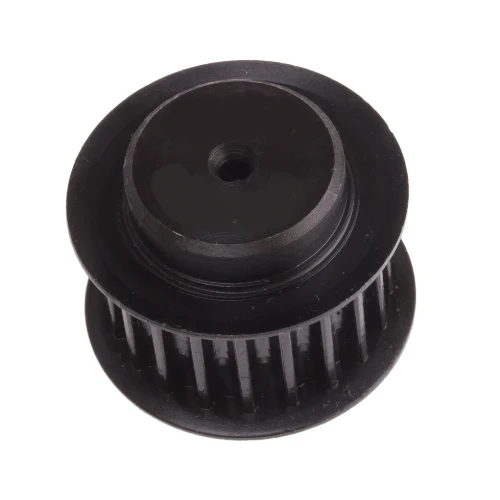
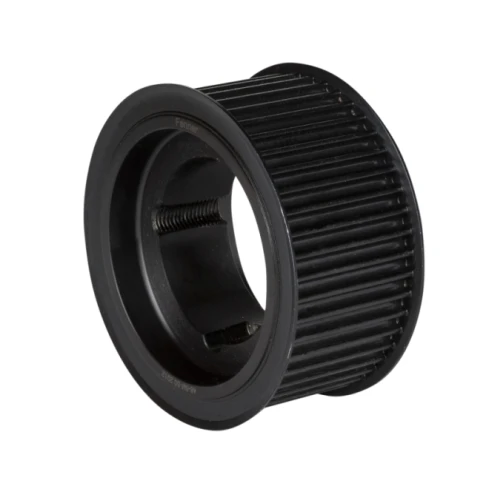
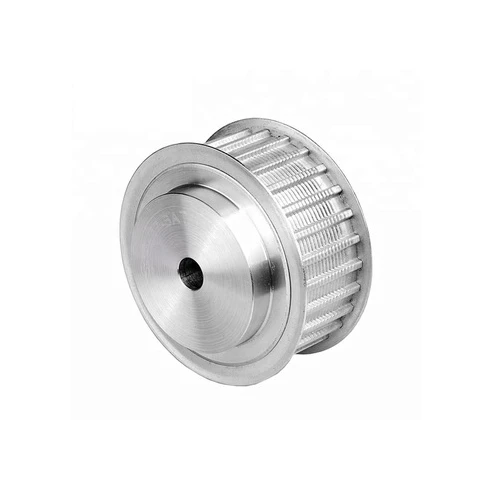
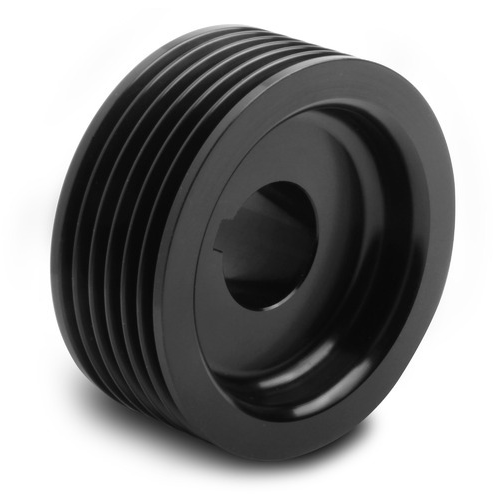
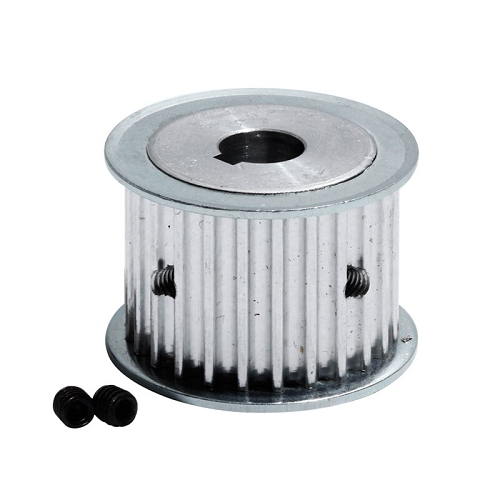
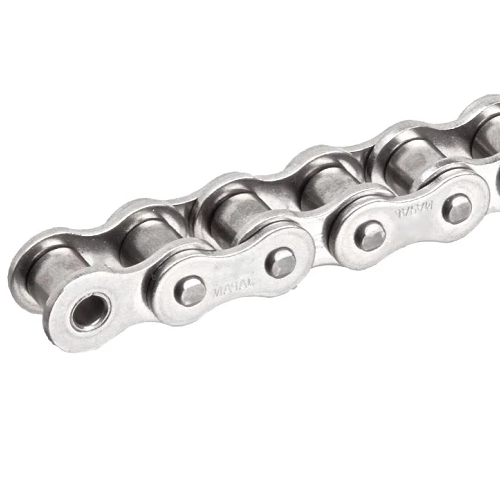
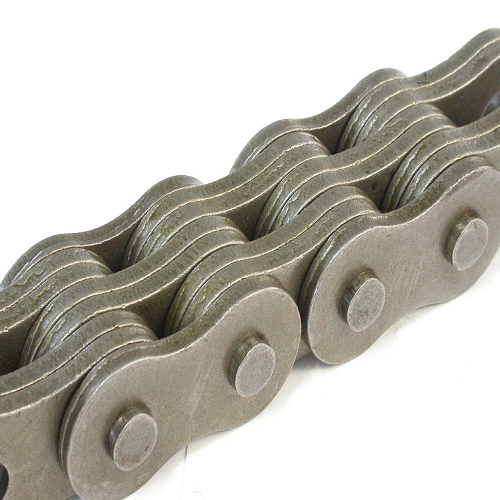
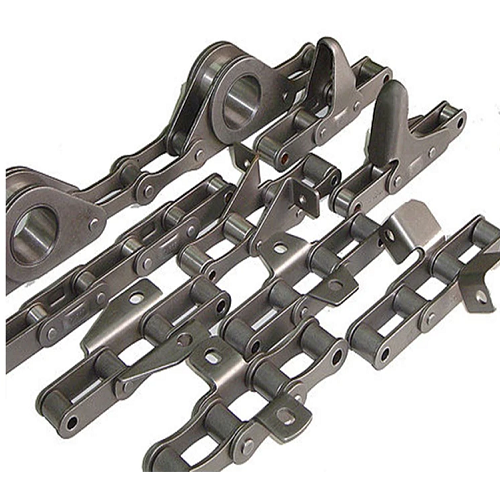
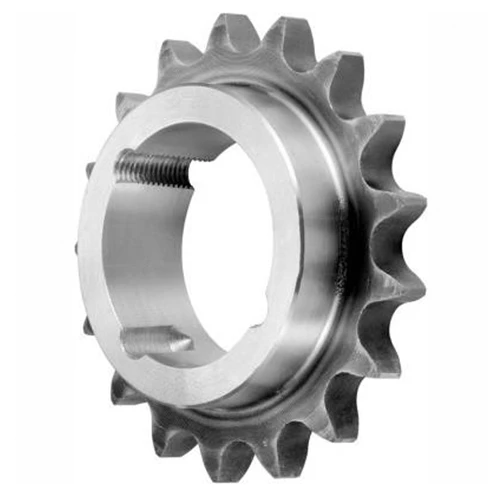
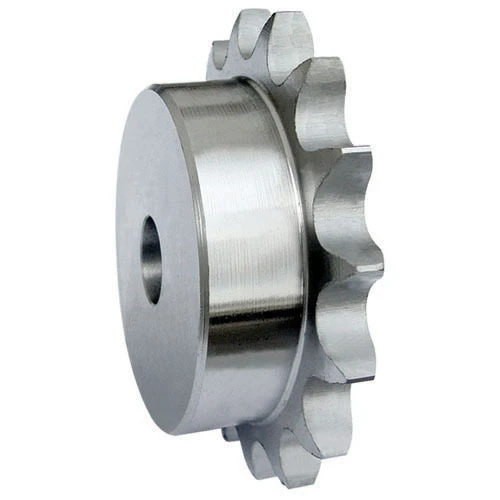
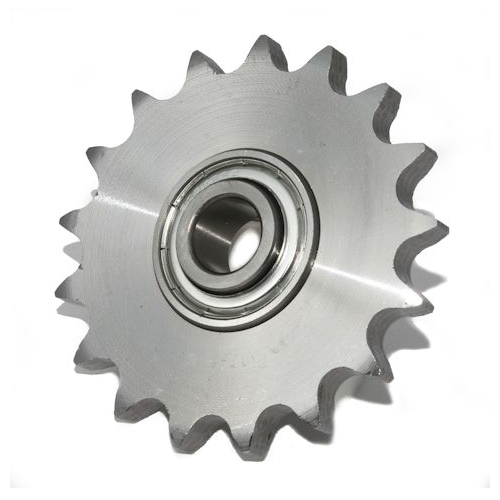

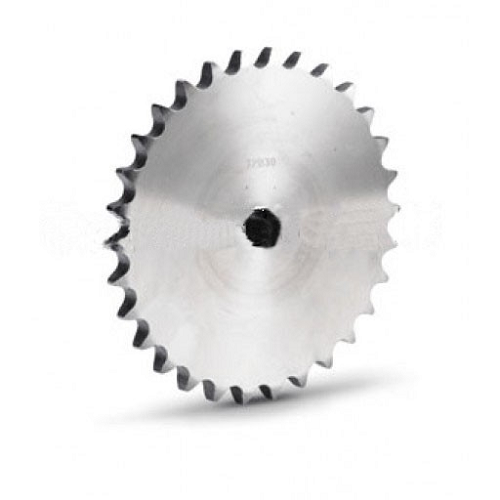
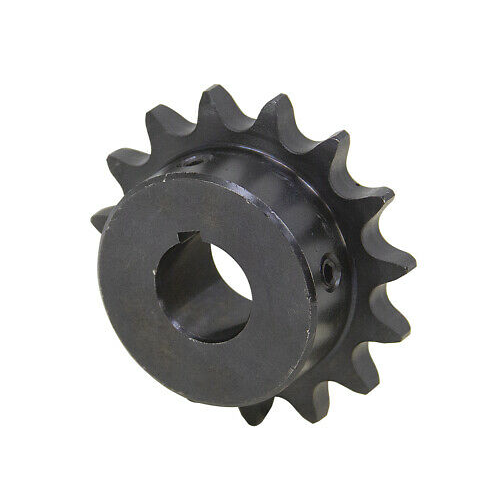
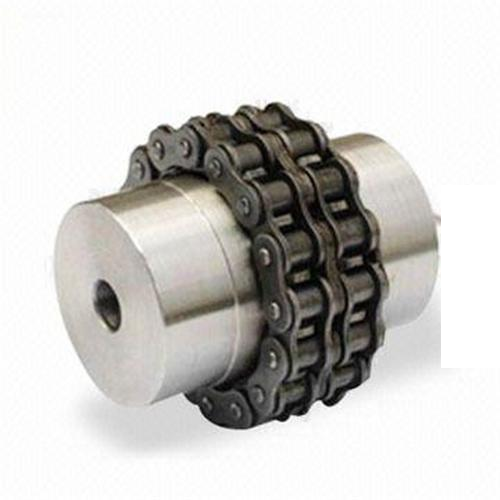
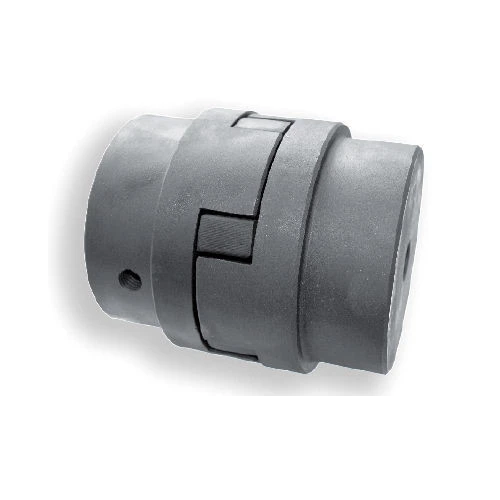
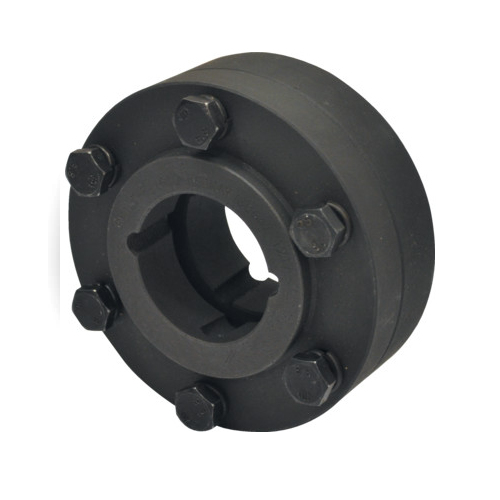
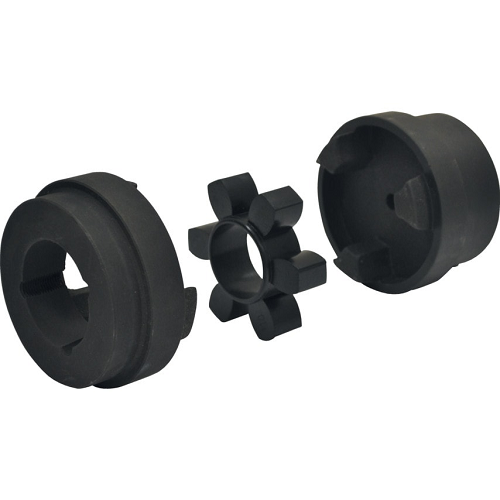
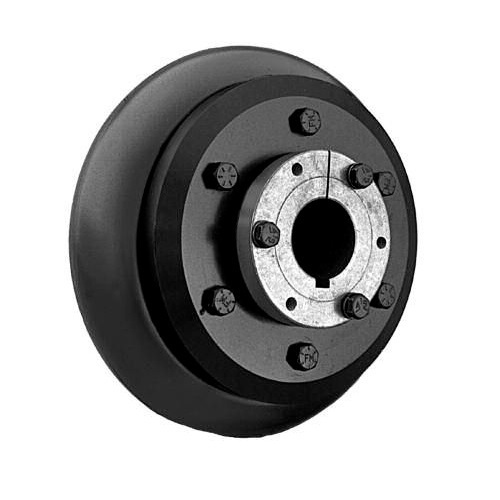
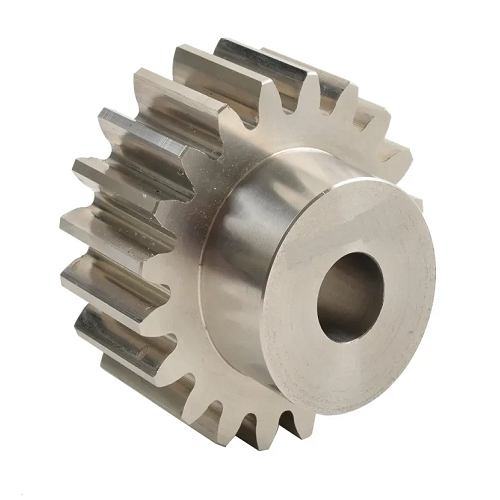
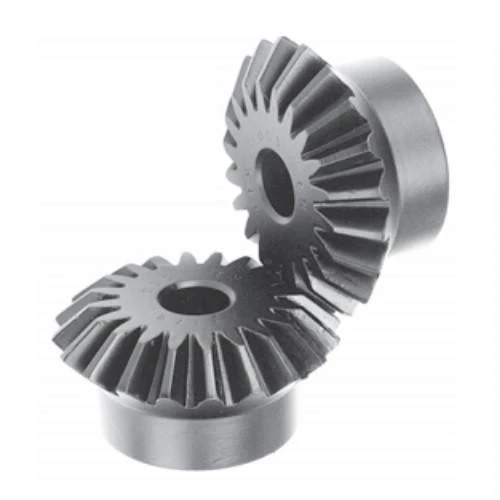
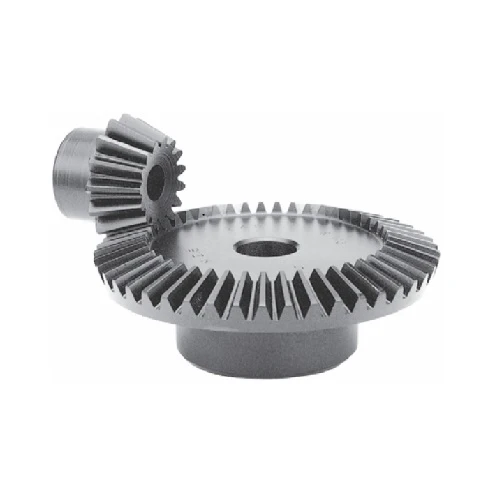
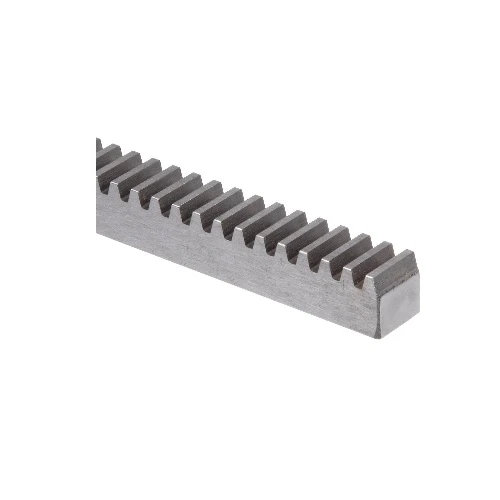
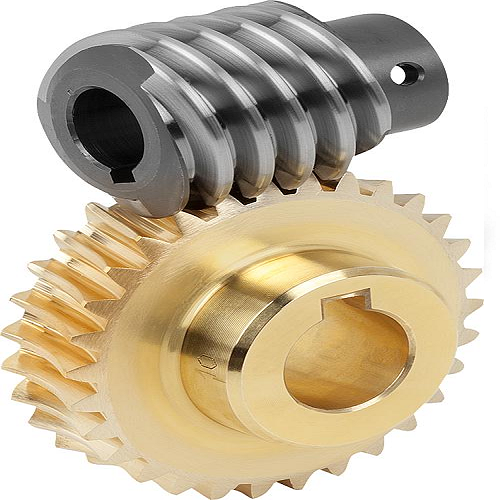

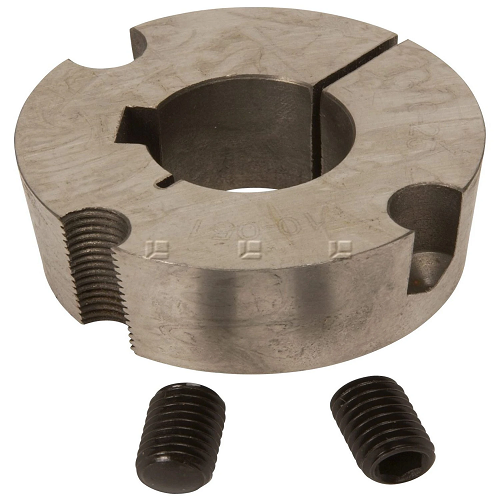
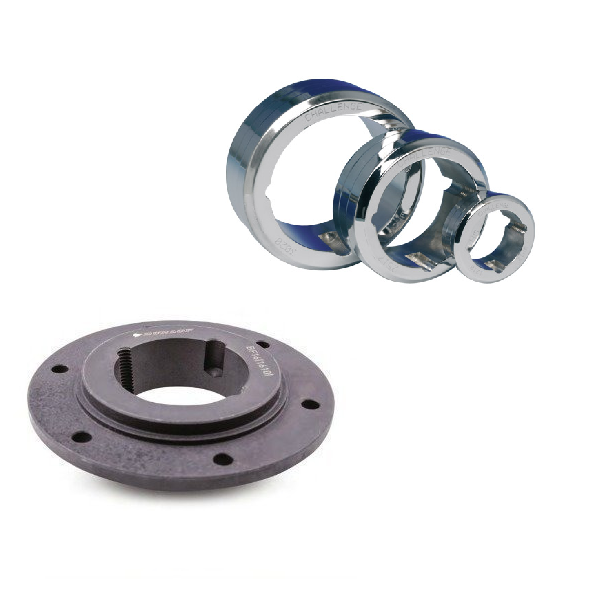
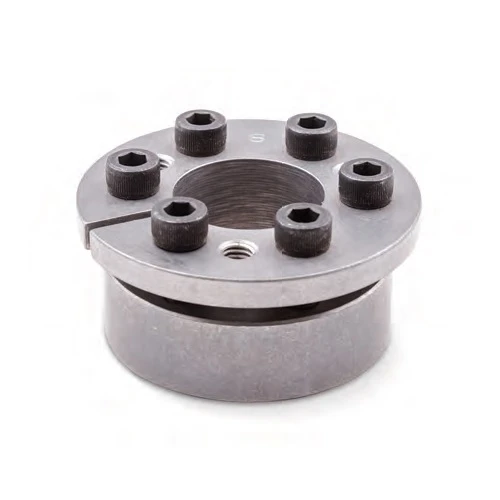
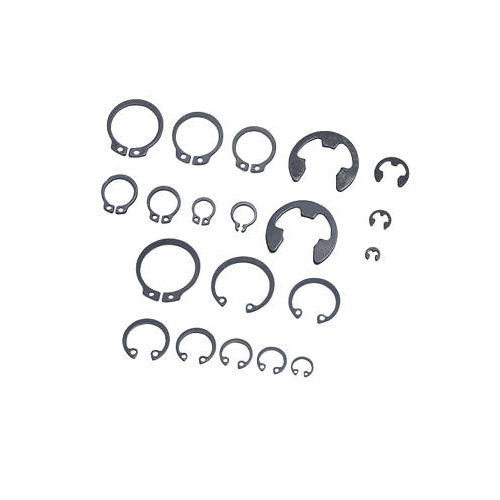

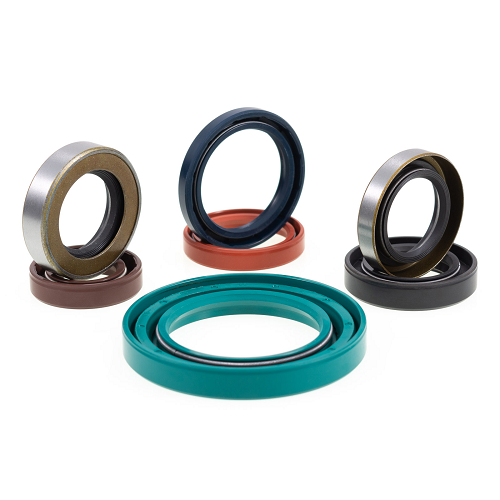
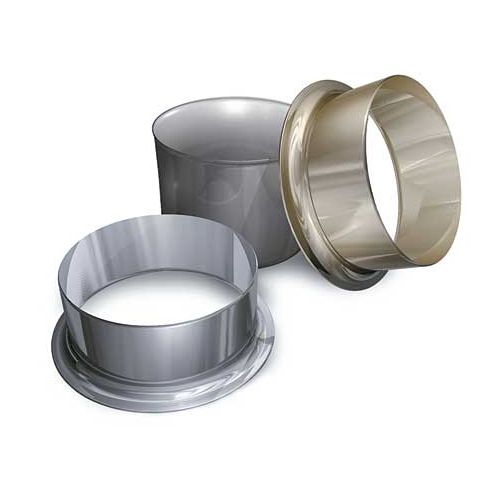
Dejar un comentario